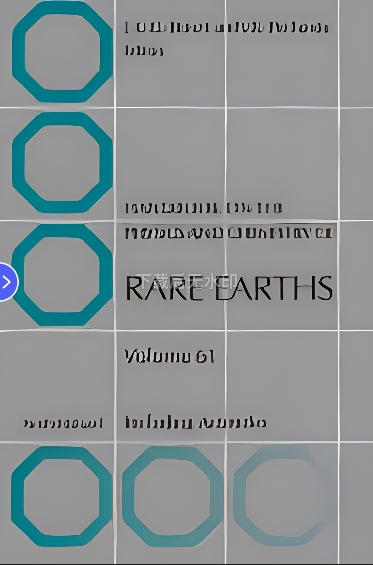

Most ebook files are in PDF format, so you can easily read them using various software such as Foxit Reader or directly on the Google Chrome browser.
Some ebook files are released by publishers in other formats such as .awz, .mobi, .epub, .fb2, etc. You may need to install specific software to read these formats on mobile/PC, such as Calibre.
Please read the tutorial at this link: https://ebookbell.com/faq
We offer FREE conversion to the popular formats you request; however, this may take some time. Therefore, right after payment, please email us, and we will try to provide the service as quickly as possible.
For some exceptional file formats or broken links (if any), please refrain from opening any disputes. Instead, email us first, and we will try to assist within a maximum of 6 hours.
EbookBell Team

5.0
88 reviewsHowever, their absorption cross section is extremely small that it is
difficult to engineer highly bright lanthanide phosphors unless a large excitation
power is provided. To circumvent this bottleneck, luminescent material
designers take advantage of nonradiative resonance energy transfer between
a matrix and the emissive ions. In Chapter 323, the authors describe the fruitful
interactions between lead perovskites and lanthanide ions. Doping the latter
into the former enables efficient excitations
…